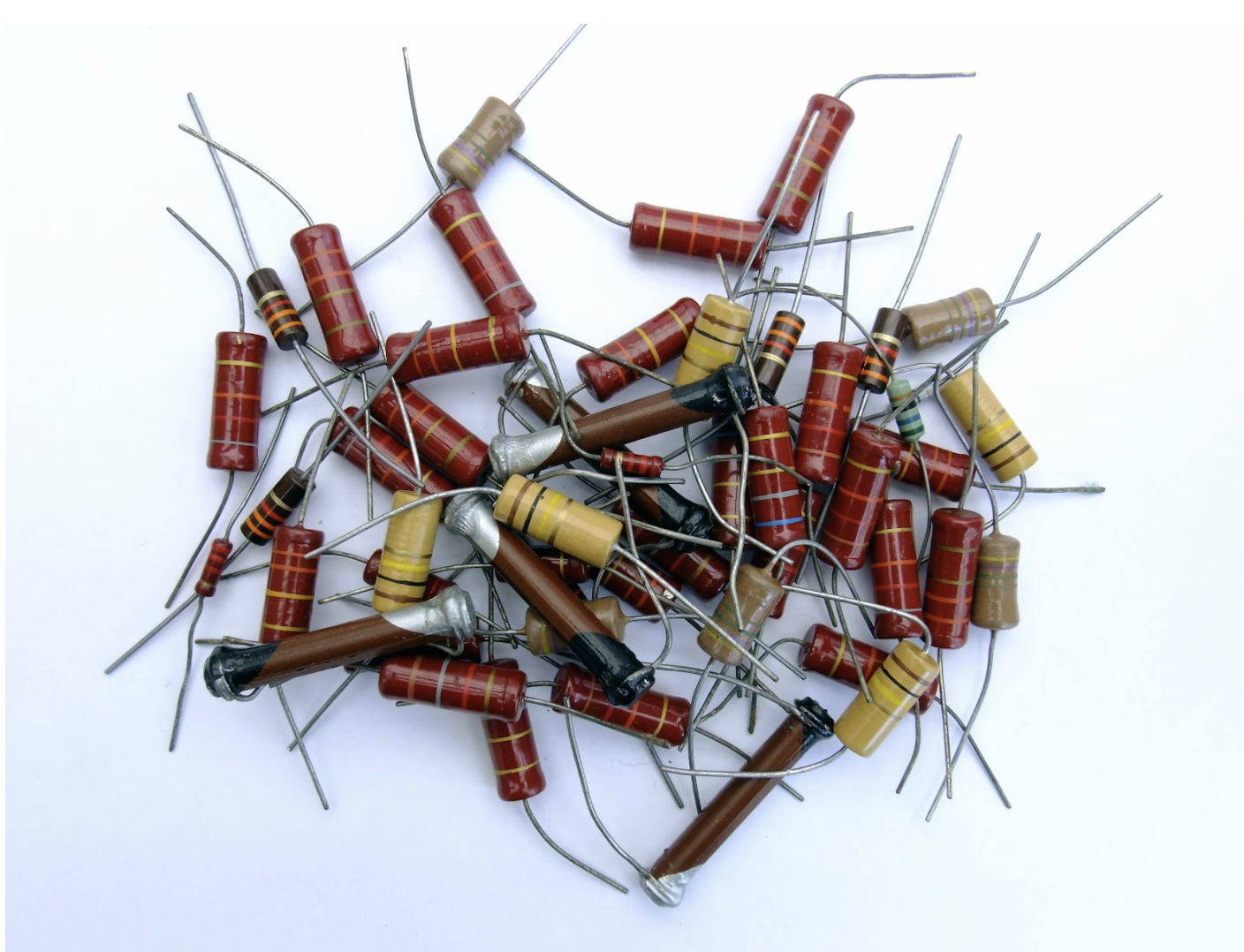A Comprehensive Guide to Ensuring Precision in Electronics
Resistors, the unsung heroes of electronics, play a crucial role in determining the flow of current in circuits. One commonly used resistor is the 330 ohm. Understanding its color code is paramount to effective circuitry. This comprehensive guide is designed to demystify the 330 ohm resistor color code, ensuring you pick the right component every time.
Delving Into the Basics of the 330 Ohm Resistor Color Code
A resistor’s resistance value is represented through a color-coded system, a series of colored bands. For a 330 ohm resistor, you’d typically see orange, orange, and brown bands. The first two bands, orange-orange, are the primary indicators of its resistance value, and the third band, brown, acts as the multiplier. Hence, whenever one wonders what color is a 330 ohm resistor, it’s these distinct bands that offer the clear answer.
Distinguishing the 5-Band from the 4-Band System
Precision resistors introduce an added layer of specificity with a 5-band color code. In the 330 ohm resistor color code 5 band system, an extra band is introduced. This is either silver or gold and represents the tolerance level of the resistor. Knowing the difference between these systems is pivotal for those who demand the utmost precision in their circuits.
Embracing Modern Technology: The Resistor Color Code Calculator
The digital age has brought forth tools that make the task of identifying resistor values a breeze. By harnessing the power of a 330 ohm resistor color code calculator, users can instantly confirm the value of a resistor. Simply key in the color bands, and the calculator does the rest, eradicating the room for error. This digital companion is particularly beneficial when one has to deal with a plethora of resistors in quick succession.
Navigating the Subtle Nuances in Colour Codes
It’s essential to remember that resistor color codes are not universally identical. The 330 ohm resistor color code, as spelled in British English, involves the same color bands. Still, the distinction in spelling might lead to confusion, especially when liaising with international suppliers or following global tutorials. Having an acute awareness of these nuances ensures that communication remains crystal clear, irrespective of geographical boundaries.
A Comparative Analysis of Other Common Resistor Color Codes
While our main focus here is the 330 ohm resistor, electronics often demand the usage of various other resistors. The 330 k ohm resistor color code, for instance, has a completely different set of color bands. Being adept at identifying these distinctions is instrumental in ensuring the success of an electronic project. Equipping oneself with the knowledge of various resistor color codes, from 330 resistor color to others, guarantees a smooth and error-free project execution.
Conclusion
The journey through the world of electronics becomes significantly smoother when one possesses a comprehensive understanding of the 330 ohm resistor color code. By internalizing the insights provided in this guide and leveraging digital tools like resistor color code calculators, both veterans, and novices in electronics can ensure the success of their projects. With the right knowledge, the world of resistors unveils itself, offering endless possibilities.













